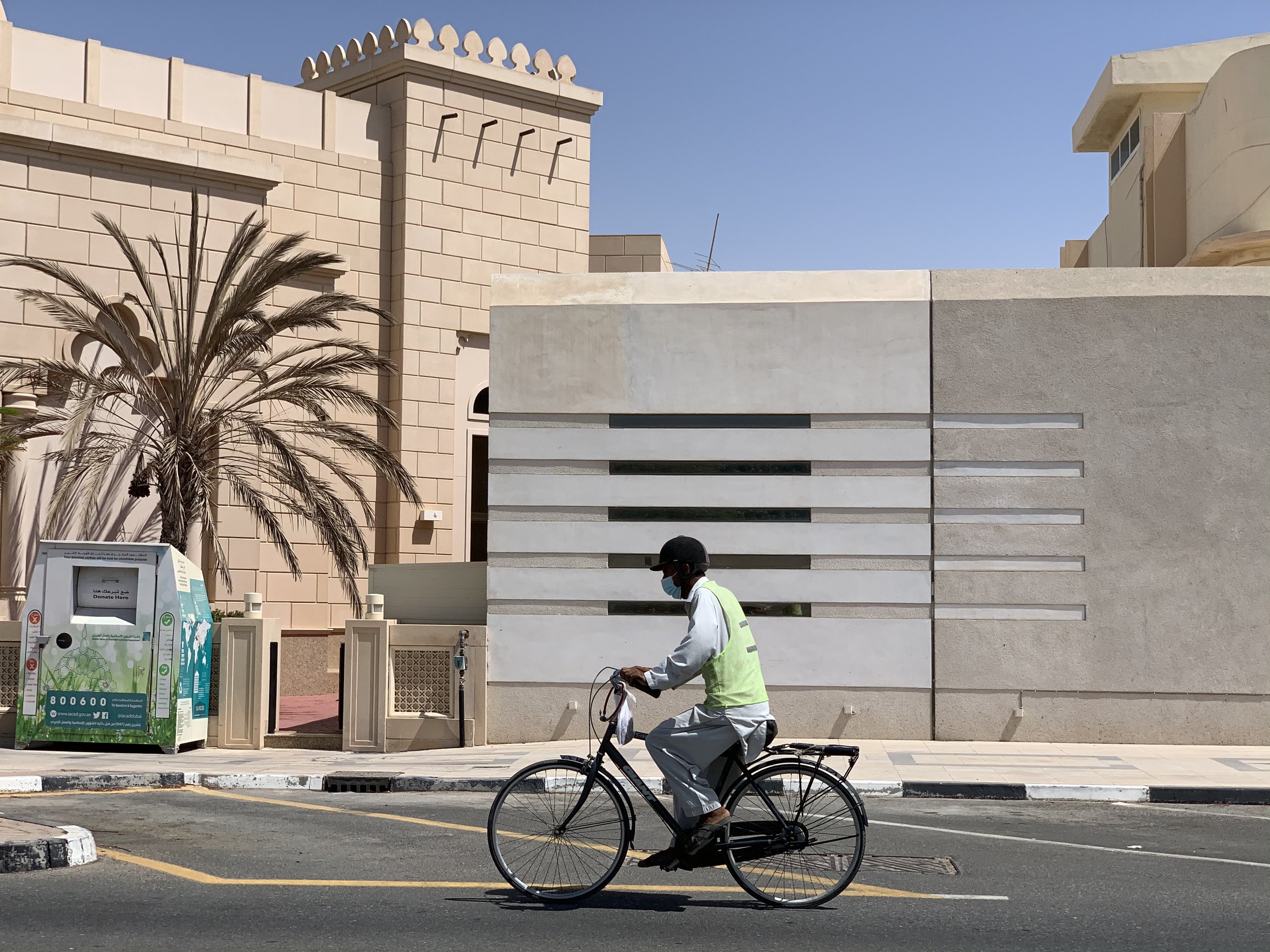A Conversation with Michael Wexler & Kenneth Cobb on the Anticipate Podcast
Written by Copenhagenize Planning Assistant, Ava Klein
Earlier this month, the director of our Montréal Office, Michael Seth Wexler, sat down with Kenneth Cobb, the Associate Director of Transport Planning and Mobility at WSP-Middle East, to discuss emerging micro mobility trends, the importance of safe and protected bicycle infrastructure, and to explore how cities like Dubai can effectively implement better bicycle planning. On this episode of WSP’s Anticipate podcast, the two express the importance of presenting biking as an accessible mode of transportation for everyone, tracing how cycling has boomed through the COVID-19 pandemic, and how cities around the world are adopting bicycle planning strategies that work for them.
While they credit the influence of Danish and Dutch cities as leaders in the urban bicycle movement, the two opt to talk about the more unexpected places that seemingly “came up from nowhere” as cycling cities, and how these cities function as an emblem of the potential that bike infrastructure holds. Wexler gives Bogotà, Colombia, as an example; despite struggling with heavy car congestion, the city is focusing on protected and pop-up bikeways that are starting to shift the role of transportation in the city. Oslo, Norway is another example where despite being known for its investments in electric cars and its hilly topography, the city is making efforts to remove car parking and make way for bike lanes.
Dubai is another one of these cities that Cobb and Wexler specifically focus on, due to its recent political commitments to being more cycle friendly. The two go on to discuss some debates surrounding how to effectively implement cycling in cities like Dubai.
The general conclusion boils down to inclusivity – make biking easy and accessible to people of all ages and abilities. One way to do this, they discuss, could be through electric bicycles which help mitigate the aversion to cycling for those who have decreased mobility, or for cities that are either topographically or climatically difficult to cycle in for long periods of time. As well, Wexler explains that by having quick and efficient bicycle infrastructure that easily connects to other forms of transportation, such as transit systems and bike sharing systems, citizens will be inclined to use this more easily accessible way of getting around the city, thus pivoting away from car-reliance. Wexler explains that cities like Dubai need to observe who is riding bikes in order to track inclusivity. Who is using the network? Is it a representative broad cross-section of society? This indicates that the city is succeeding in making infrastructure that people of all backgrounds feel comfortable and safe using.
Any city can implement bicycle infrastructure, and looking at cities that pose greater “challenges” to cycling, such as the hot weather in Dubai for instance, can give us greater insight in how to effectively implement bicycle planning into our cities. For a city to succeed in transitioning their transportation away from cars, the infrastructure must be accessible to all, easily flow to other forms of transportation, and, most importantly, must actually exist!
To hear Michael and Kenneth discussing these topics you can listen to the full podcast episode below.


